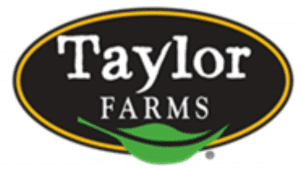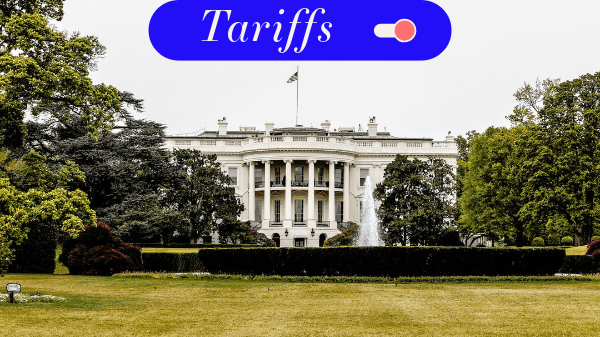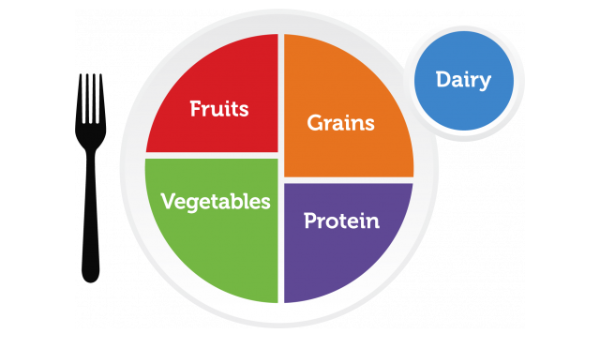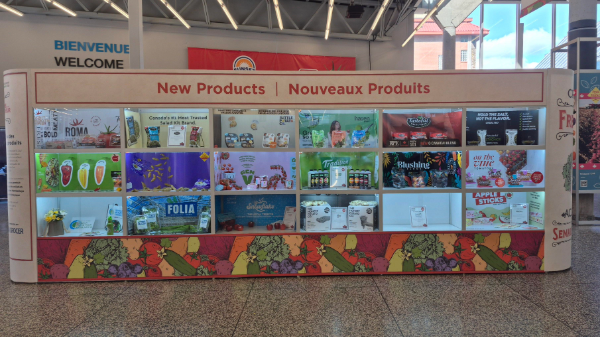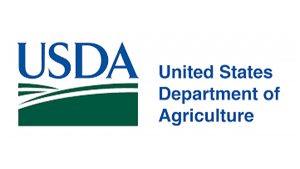Welcome to Blue Book!
Are you ready to join the thousands of companies who rely on Blue Book to drive smarter decisions? View our plans and get started today!
Still have questions? We’d love to show you what Blue Book can do for you. Drop us a line– we’ve been waiting for you.
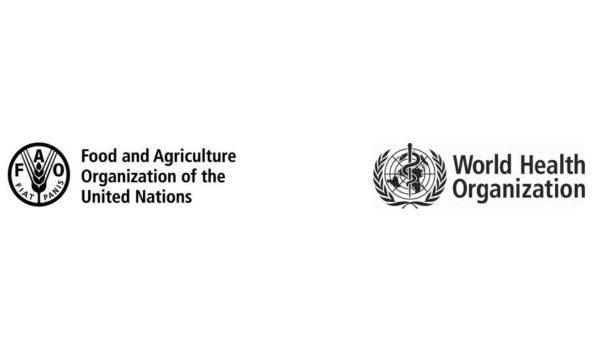
Today’s bombshell, in bureaucratese:
“None of the postharvest interventions intended for the treatment of whole produce immediately after harvest (e.g. washes, post-processing chemical and physical treatments) reliably deliver significant reductions in human pathogens.”
This is the verdict of the UN’s World Health Organization (WHO), as issued in a summary of its Joint FAO/WHO Expert Meeting on the Prevention and Control of Microbiological Hazards in Fresh Fruits and Vegetables.
The meeting was held virtually in May and June, and the report was issued in September.

It is of course written in cool scientific language. Even so, some of its claims are explosive. How about this one?
“Public health data indicates that outbreaks of illness caused by viral or parasitic pathogens are common, but that research on interventions disproportionately addresses control of bacterial pathogens. Survival of viral and parasitic pathogens is typically very different than for bacterial pathogens, so additional research focused on pathogens that are indicated in outbreaks would be valuable to assessing the effectiveness of interventions.”
Meaning that while we hear a huge amount about bacterial outbreaks (e.g., E. coli), we don’t hear so much about those caused by viruses or parasites, or how to control them.
In cases where irrigation water is of poor quality and conventional measures of purification (e.g., chlorination) aren’t available, the report mentions ultraviolet (UV) or filtration-based systems as alternatives. Unfortunately, we’re told, these are utilized to only a limited degree because of lack of field access to electricity, difficulties controlling flow rates, or simply the cost of the technologies.
Methods such as UV, plasma, pulsed light, and ultrasound are promising, but “most of this work has remained experimental and there is scant evidence of industry uptake.”
The report indicates that “irradiation (i.e. gamma, electron beam, X-ray) is the most effective postharvest treatment against human pathogens on fresh-cut leafy vegetables.” Unfortunately, “the cost and adverse consumer response continue to hinder commercial applications.”
It’s not all bad news. For example:
“Specific for pome fruit, the use of gaseous disinfectants in the atmosphere during prolonged refrigerated storage (e.g. controlled atmosphere of low oxygen and ultra-low oxygen) of selected fruits (i.e. pome) was a critical and effective intervention.”
The entire report is only six pages long. I would read it carefully if I had any involvement with safety in fruit or vegetable production.




